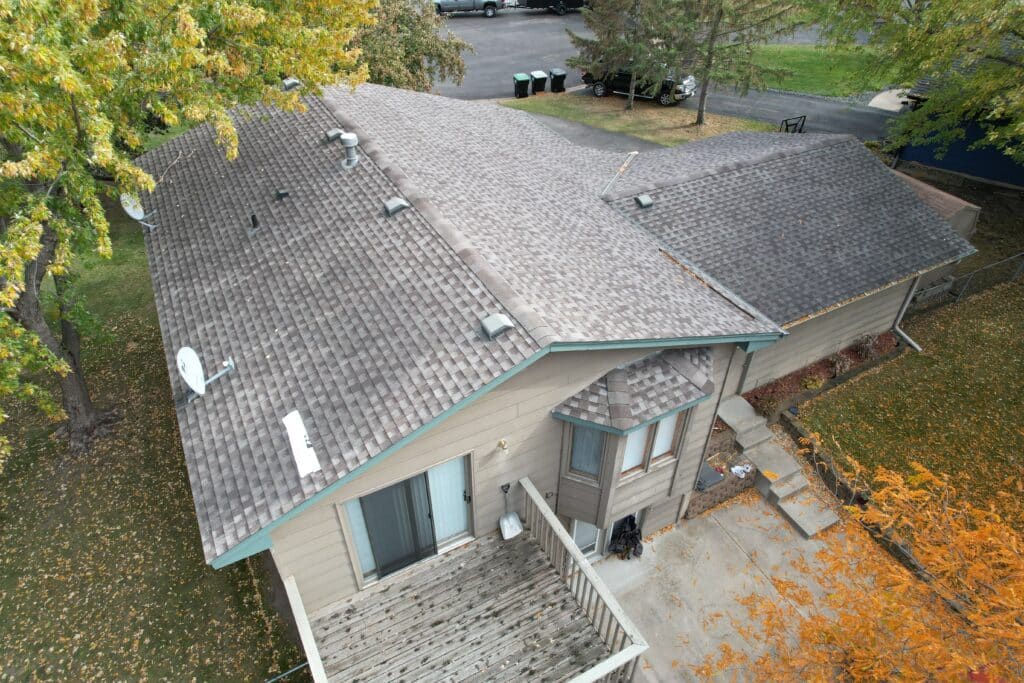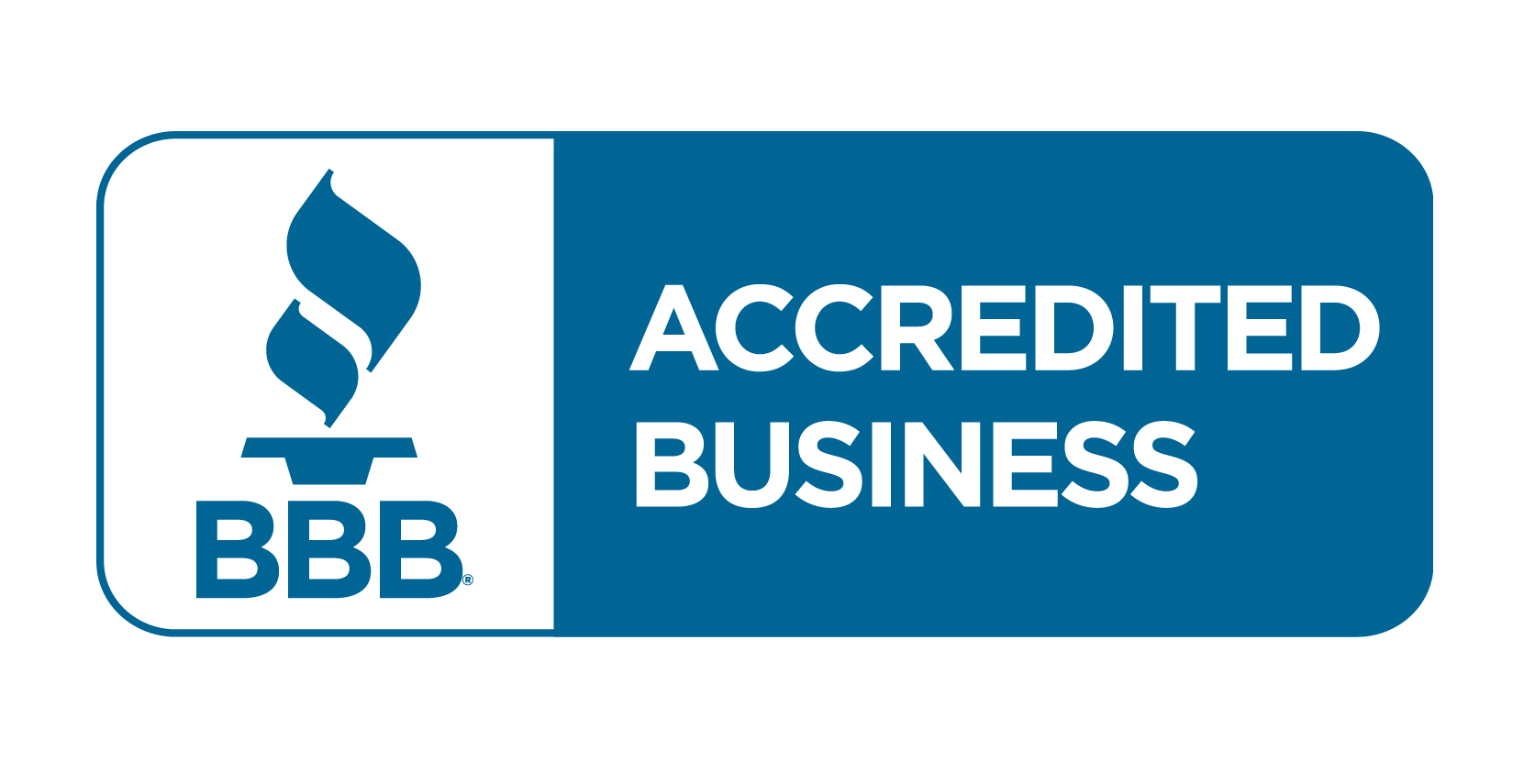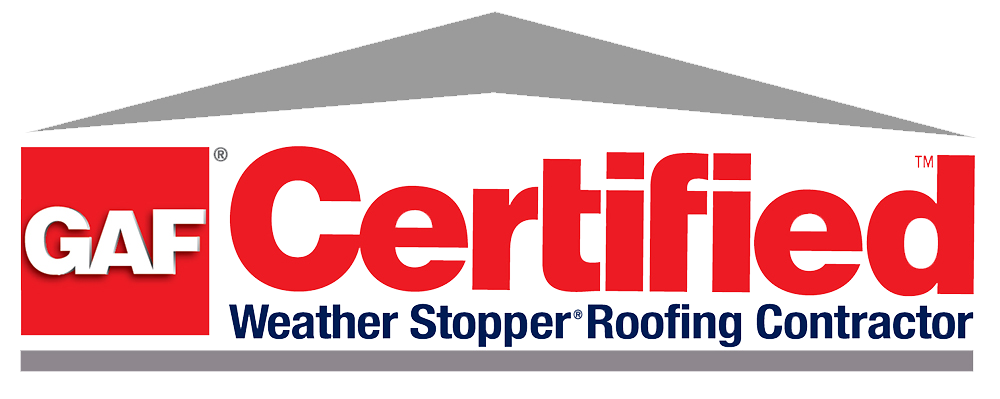Energy-Efficient Window Solutions For Minnesota Homeowners
Windows that save energy are important for homeowners in Minnesota to stay comfortable and spend less on heating and cooling. Windows with special coatings, two panes, or three panes of glass help keep homes warm in winter and cool in summer. Windows made with vinyl or fiberglass frames keep heat in better and don’t need much upkeep. Windows with the Energy Star label help cut down on energy bills and are better for the environment. Getting better windows makes your home worth more and helps save energy for the future. Look at different window types, prices, and benefits to find what works best for your home.
Key Takeaways
-
Consider installing triple glazing windows for superior heat retention and insulation, especially beneficial in Minnesota’s cold climate.
-
Opt for Low-E coated windows to effectively block summer heat while retaining warmth during winter months.
-
Explore Energy Star certified windows to maximize energy efficiency and reduce heating and cooling costs throughout the year.
-
Choose vinyl or fiberglass frames for excellent insulation and low maintenance, enhancing overall energy efficiency.
-
Assess your budget and insulation needs to determine if double or triple glazing best suits your home and comfort preferences.
Importance of Energy Efficiency
Energy efficiency is key to using less energy and living in a way that’s better for our planet. When people build or fix up their homes with energy-saving features, they can make their houses much better at keeping heat in or out.
Good windows, for example, help stop heat from escaping, so people don’t need to use their heaters or air conditioners as much. This helps save money on energy bills and cuts down on harm to the environment.
Better heat control also makes homes more comfortable by stopping cold drafts and keeping the temperature steady. Using energy-saving tools fits with bigger plans to protect the environment, helps save resources, and pushes for buildings that are good for the planet.
Making energy efficiency a top concern is a big step toward a better future.
Types of Energy-Efficient Windows
Energy-efficient windows help keep homes comfortable and cut down on energy costs. When making homes better for different weather conditions, picking the right windows matters for both how they work and how they look.
|
Window Type |
Features |
Benefits |
|
Low-E Windows |
Coated glass to block harmful rays |
Keeps heat in during winter and out during summer |
|
Double Glazed |
Two glass sheets with space between |
Better insulation and less outside noise |
|
Triple Glazed |
Three glass sheets |
Best protection against heat and cold |
Picking the best energy-efficient windows helps save money on energy bills, makes your home more comfortable, and adds to your home’s worth. Think about these choices when you want to replace your windows.
Double vs. Triple Glazing
When choosing energy-saving windows, homeowners need to pick between double and triple glazing.
Both types help save energy and make homes more comfortable, but in different ways:
- Heat Protection: Triple glazing keeps more heat inside than double glazing, making rooms warmer in cold weather.
- Money and Savings: Triple glazing costs more to buy at first, but saves money on heating and cooling bills over time.
- Less Noise: Triple glazing blocks outside noise better, which helps if you live near busy streets or loud areas.
To make the right choice, homeowners should think about what they need most and how much they can spend on their windows.
Window Frame Materials
Different window frame materials affect how well your windows save energy and how long they last. Picking the right frame helps keep your home warm in winter and cool in summer. The most common frames are made from vinyl, wood, aluminum, and fiberglass, and each type has its own good and bad points.
|
Frame Material |
Main Features |
|
Vinyl |
Keeps heat in well, needs little upkeep, looks modern |
|
Wood |
Looks natural, keeps heat in well, needs regular care |
|
Aluminum |
Strong, light, loses heat easily, basic look |
|
Fiberglass |
Best at keeping heat in, stays straight, many style options |
|
Composite |
Mixes good points of wood and vinyl, lasts longer |
When you know how these frame types differ, you can pick the best one for your home’s needs and looks.
Low-E Glass Technology

Low-E (low heat-reflecting) glass is a big step forward in window technology that saves energy. This smart glass works by using special coatings that bounce heat back while letting sunlight shine through.
People living in Minnesota can get great benefits from Low-E glass because of how it works:
- Lower Power Bills: The coating keeps heat inside during winter and blocks heat from outside in summer, helping you use less energy.
- Better Indoor Feel: By keeping room temperatures steady, Low-E windows make your home more pleasant all year.
- Stops Sun Damage: These windows block almost all harmful sun rays, which keeps your furniture and floors from fading.
Getting Low-E glass is a wise choice for homeowners who want to save energy and feel more comfortable.
Proper Installation Techniques
Getting windows installed the right way is key to making them work their best, especially when they have special features like Low-E glass.
How you place and angle windows affects how well they handle heat and cold. In Minnesota’s cold winters, windows need to let in sunlight while keeping warm air from escaping.
Making sure there are no gaps around the window frame helps stop air leaks that waste energy.
You also need to put in proper water barriers to keep rain and snow out. Following what window makers recommend and using skilled workers to put them in helps windows work better, which saves money on energy bills and makes homes more comfortable.
All these steps work together to make windows do their job well.
Energy Star Certification
Energy Star certification is a trusted sign of energy savings, with over 45% of U.S. homes using products that meet these high standards. Minnesota homeowners who pick Energy Star certified windows make their homes more energy-efficient and get better window performance.
Three key benefits of Energy Star certified windows:
- Lower Power Bills: These windows cut down heating and cooling costs, saving money over time.
- Better Comfort: The windows keep room temperatures steady and stop cold drafts and warm spots.
- Earth-Friendly: Using certified windows helps cut down pollution by using less energy.
Buying Energy Star certified windows makes your home more comfortable and helps protect nature, making it smart for homeowners who care about the environment.
Cost vs. Savings Analysis
Energy Star windows cost more at first, but they help save money in the long run.
While buying and putting in these windows is a big expense, they cut down on energy use by keeping heat inside and cold air outside. Homeowners can make back their money through lower power bills and a higher home value.
As time goes by, the money saved on energy bills can make up for what was spent on the windows.
Getting Energy Star windows isn’t just spending money – it’s making a smart choice that pays off right away and keeps saving money for Minnesota homeowners in the future.
Homeowner Incentives and Rebates
Homeowners who want to install Energy Star windows can save money through help offered by different government levels and programs.
These savings can help cut down the cost of new windows while making homes use less energy:
- Federal Programs: Homeowners can get money back on their taxes through the Energy Policy Act when they buy and install these windows.
- State Help: Many states give cash back or money awards to homeowners who choose energy-saving upgrades for their homes.
- Local Help: Power companies often give price cuts to homeowners who put in Energy Star products, helping people use less energy.
Using these money-saving offers helps homeowners cut energy use and bills while making choices that are good for the environment.
Frequently Asked Questions
How Do Energy-Efficient Windows Affect Indoor Comfort Year-Round?
Energy-saving windows make your home feel better all year long. They keep hot air out when it’s warm outside and trap warm air inside when it’s cold. This helps keep your rooms at a steady temperature and cuts down on your energy bills.
Can I Retrofit My Existing Windows for Energy Efficiency?
Yes, you can make your old windows more energy-efficient. You can add window film to keep heat from moving in and out, and put in better insulation around the windows. These changes will make your home more comfortable and help you save money on heating and cooling bills all year round.
What Maintenance Do Energy-Efficient Windows Require?
To keep energy-efficient windows working well, you need to clean them often to get rid of dirt and keep them clear. You should also look at the seals around the edges to make sure they’re not worn out and still keep the cold air out. Taking good care of your windows helps them work better and last longer.
Do Energy-Efficient Windows Reduce Outside Noise as Well?
Yes, energy-efficient windows help block outside noise thanks to their better design. The special glass and tight seals that keep heat in also keep unwanted sounds out. This makes your home both quieter and more comfortable to live in.
How Do I Know if My Windows Need Replacement?
Check if your windows need to be replaced by looking at their age – most windows last 15-30 years. Watch for common problems like cold air leaking through, water drops stuck between glass layers, bent or twisted frames, or windows that stick when you try to open or close them.
Conclusion
In summary, Midwest Construction and Remodeling helps Minnesota homeowners boost their comfort and energy savings through quality window installations. By choosing the right features like double and triple glazing, various frame materials, and Low-E glass, homeowners can transform their living spaces. With professional installation from MWCR Homes and Energy Star certified products, you’ll get the best results for your investment. The combination of long-term energy savings and available incentives makes upgrading to energy-efficient windows a smart choice that benefits both your wallet and the environment.







